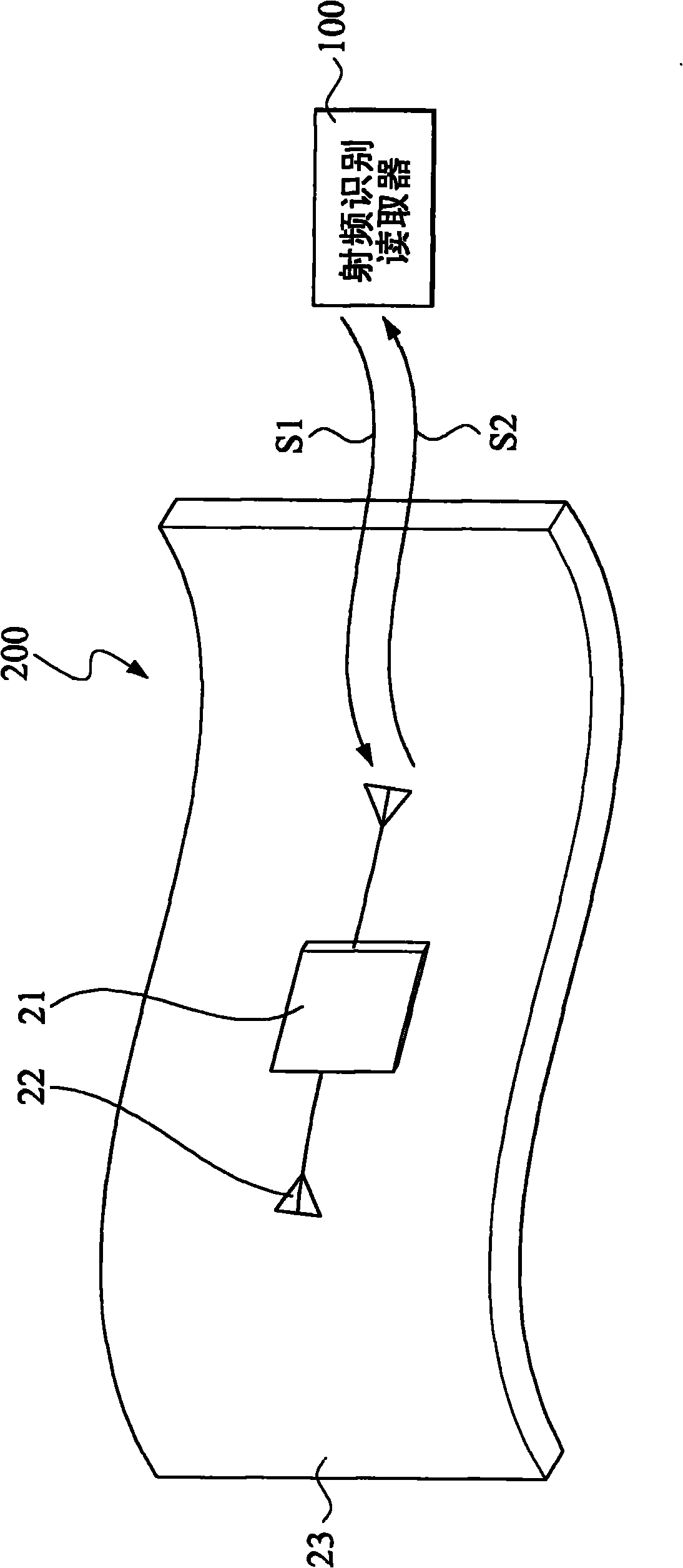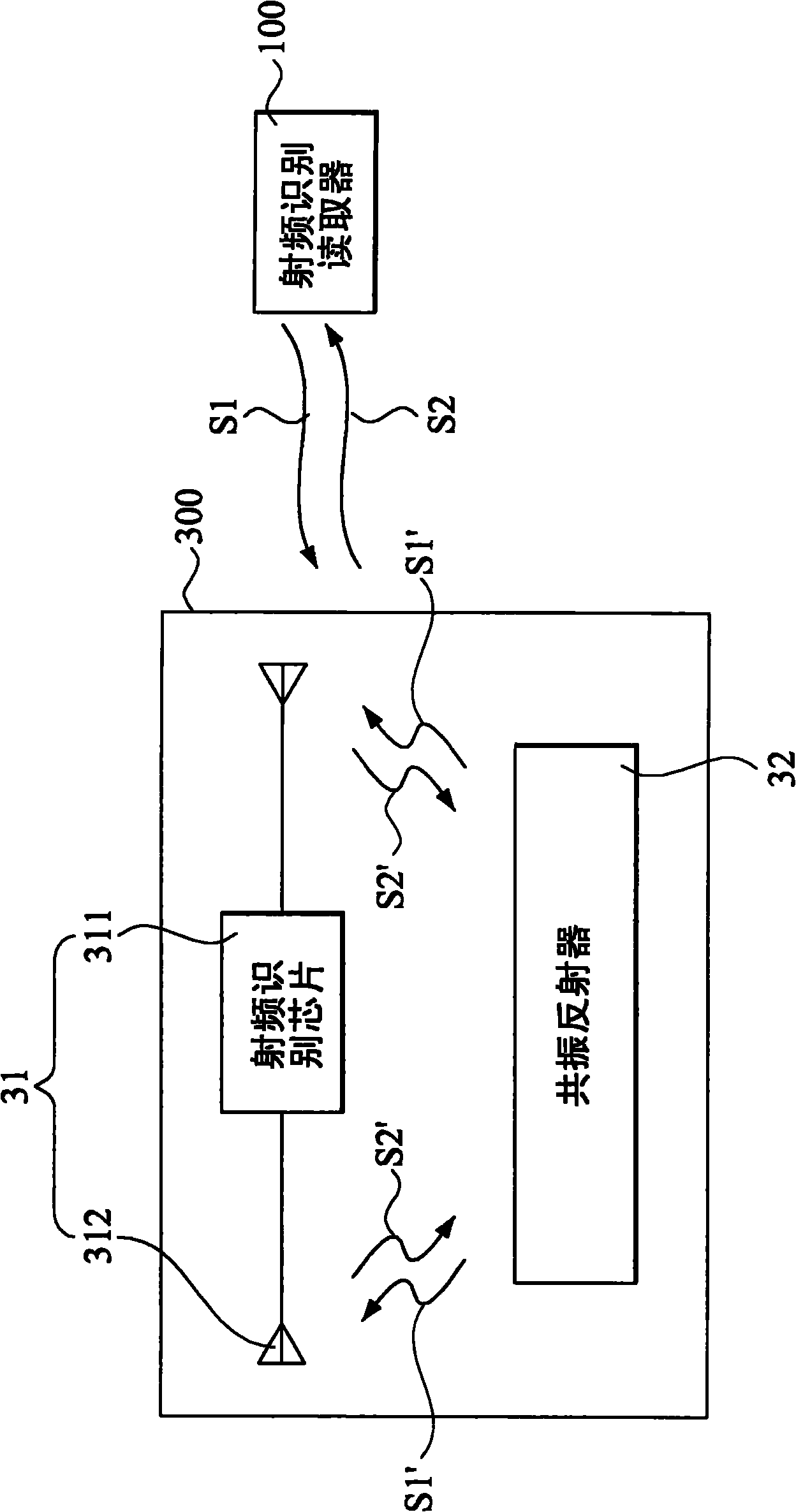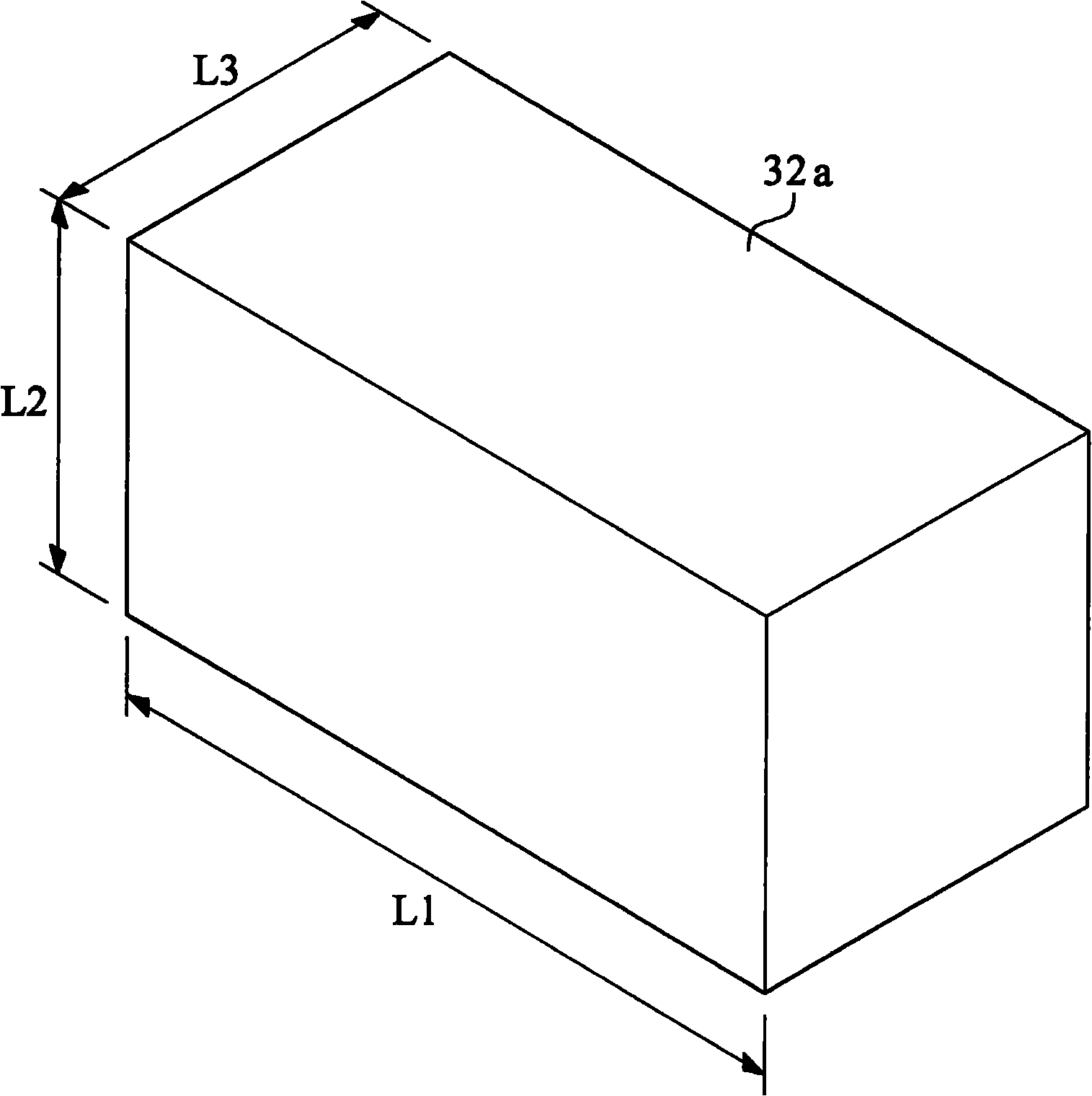Radio- frequency identification tag
A radio frequency identification tag and radio frequency identification technology, which is applied to recording carriers used in machines, instruments, computer components, etc., can solve problems affecting the working efficiency of UHF RFID tags and UHF signal attenuation, and achieve low price, Effect of increasing signal strength
- Summary
- Abstract
- Description
- Claims
- Application Information
AI Technical Summary
Problems solved by technology
Method used
Image
Examples
Embodiment Construction
[0038] The invention relates to an identification tag, especially a radio frequency identification tag. A preferred embodiment is listed below to illustrate the present invention, but those skilled in the art know that this is only an example, not intended to limit the invention itself. The content of this preferred embodiment is described in detail as follows.
[0039] see figure 2 , figure 2 It is a functional block diagram of the three-dimensional radio frequency identification tag of the present invention. The radio frequency identification tag 300 of the present invention is used to receive the driving signal S1 and transmit the identification signal S2 to the radio frequency identification reader 100 according to the driving signal S1. The radio frequency identification tag 300 includes a transceiving identification module 31 and a resonant reflector 32 . Wherein, the driving signal S1 may be sent by an electronic device such as a radio frequency identification read...
PUM
 Login to view more
Login to view more Abstract
Description
Claims
Application Information
 Login to view more
Login to view more - R&D Engineer
- R&D Manager
- IP Professional
- Industry Leading Data Capabilities
- Powerful AI technology
- Patent DNA Extraction
Browse by: Latest US Patents, China's latest patents, Technical Efficacy Thesaurus, Application Domain, Technology Topic.
© 2024 PatSnap. All rights reserved.Legal|Privacy policy|Modern Slavery Act Transparency Statement|Sitemap



